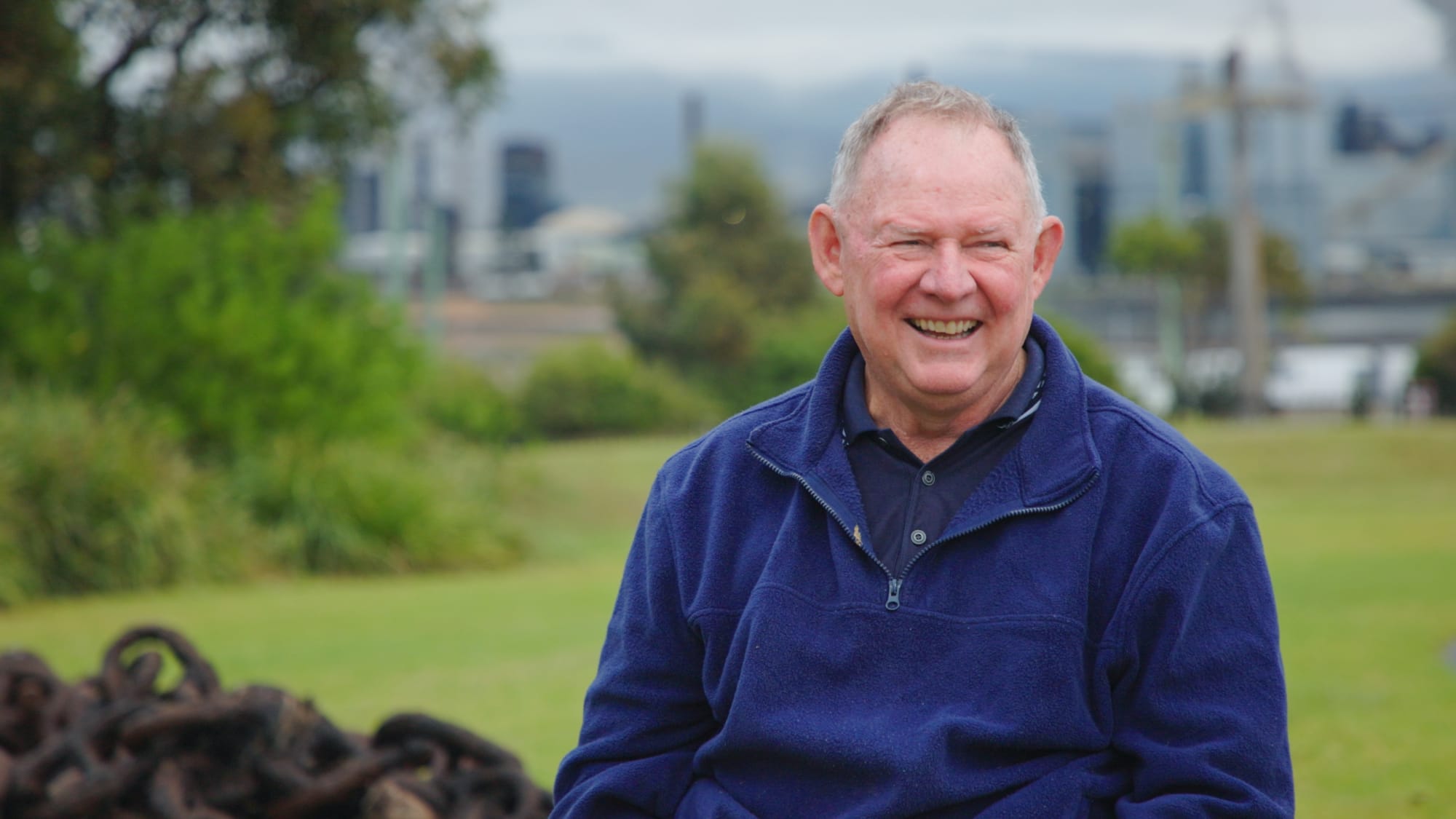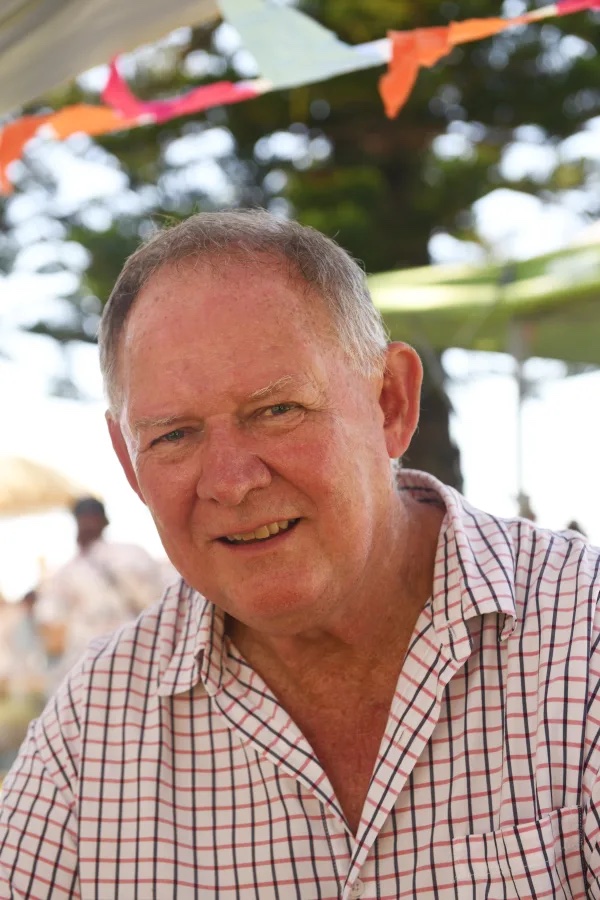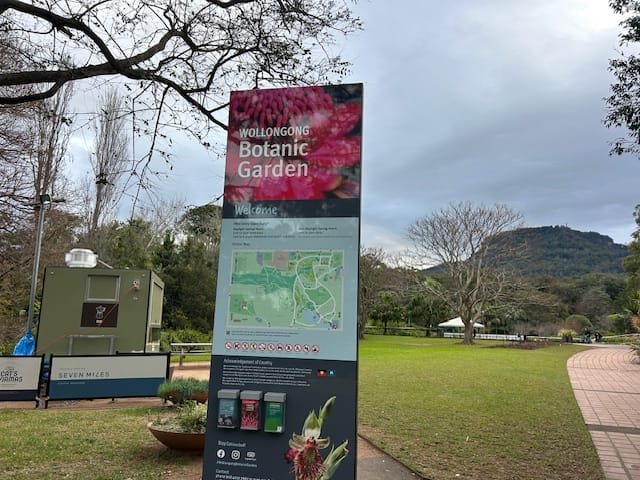'Where will all those workers go? This is not some far-off event'
In today's op ed, local renewables advocate Darryl Best shares his view on South Korea's decision to close all coal-fired power stations by 2040
I spent all my working life in coal mines, firstly in Lithgow and then in the Illawarra region, before retiring in 2020. In that time learned a lot about how to cut coal, but even more so, I learned a lot about the people who work in those mines. Their fears, hopes and dreams and how they feel about the changing world.
Since retiring I have become a passionate advocate for renewable industries and for those industries to be established, where possible, in areas where coal mines will close. The driving motivation behind this is firstly for a better climate, but also so the people who have helped to power Australia for decades have jobs to transfer into when those mines are shut down. This is to avoid the devastating effects that mass unemployment has on rural communities.
And let’s be clear: coal is on its way out and the mines will close. The news this week that South Korea will phase out coal power by 2040, many plants closing even earlier, this should put to bed any idea that Australia can rely on coal forever. South Korea isn’t some minor customer – it’s our fourth-largest buyer of coal and has the seventh-highest number of coal-fired power stations in the world. Now it’s joining the global Powering Past Coal Alliance and investing in offshore wind to replace coal entirely.
The six countries who are our major coal export markets have announced that they are moving away from fossil fuels to produce power and eventually to make steel. In the 2023-2024 year, 88% of the black coal produced in Australia was exported. There are approximately 38,000 people directly employed in the Australia coal industry. That means 33,000 people will be unemployed when these countries move away from coal. More will also be unemployed when Australian coal-fired power stations close and we eventually move to the manufacture of “green” steel.
Locally, there are about 2000 people directly employed in coal mines and those mines produce around 9 million tonnes of coal each year. The steelworks here requires around 1.7 million tonnes of coal per year. Once the overseas steel-making markets start to close, so will the mines around this area. Where will all those workers go?
This is not some far-off event. The Australian Treasury report has stated that Australian fossil fuel exports will drop by 50% in the next five or so years.
There has been a lot of talk recently about the LNP moving away from net zero by 2050 and even more from the National Party about increasing our coal production. The latter is just a farcical notion which is being used to divide rural areas and give false hope to the very people who will suffer when their jobs are gone.
Whether or not we embrace Net Zero, the rest of the world is moving away, albeit gradually from the use of coal. They are deciding the future of the Australian coal industry and by extension the future jobs of coal workers. The reasons given by South Korea, Japan, India, Vietnam and China for moving away from coal as an energy source are all the same. Cleaner, more secure energy production, competitiveness of industries through lower energy prices and the creation of thousands of jobs.






